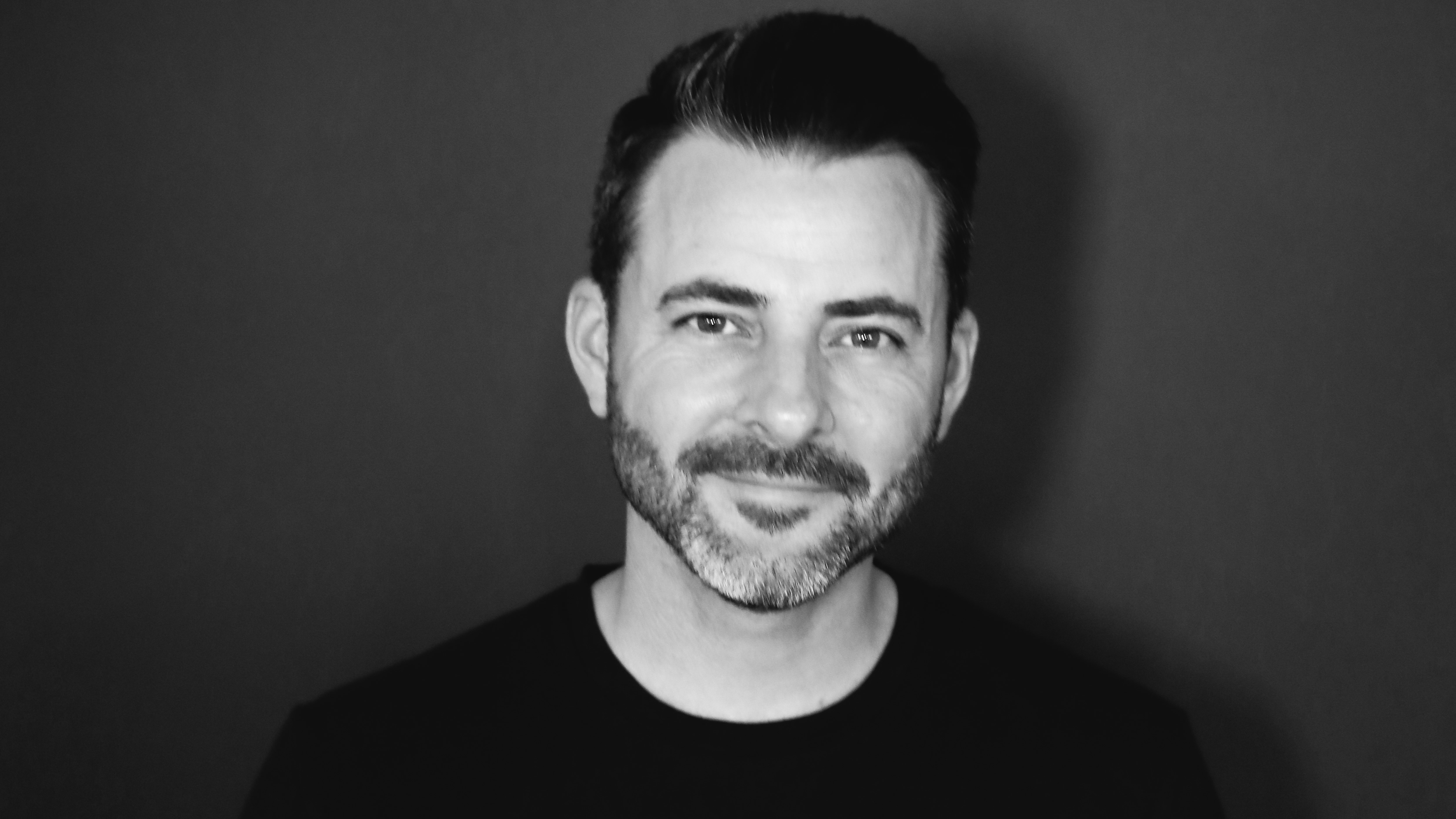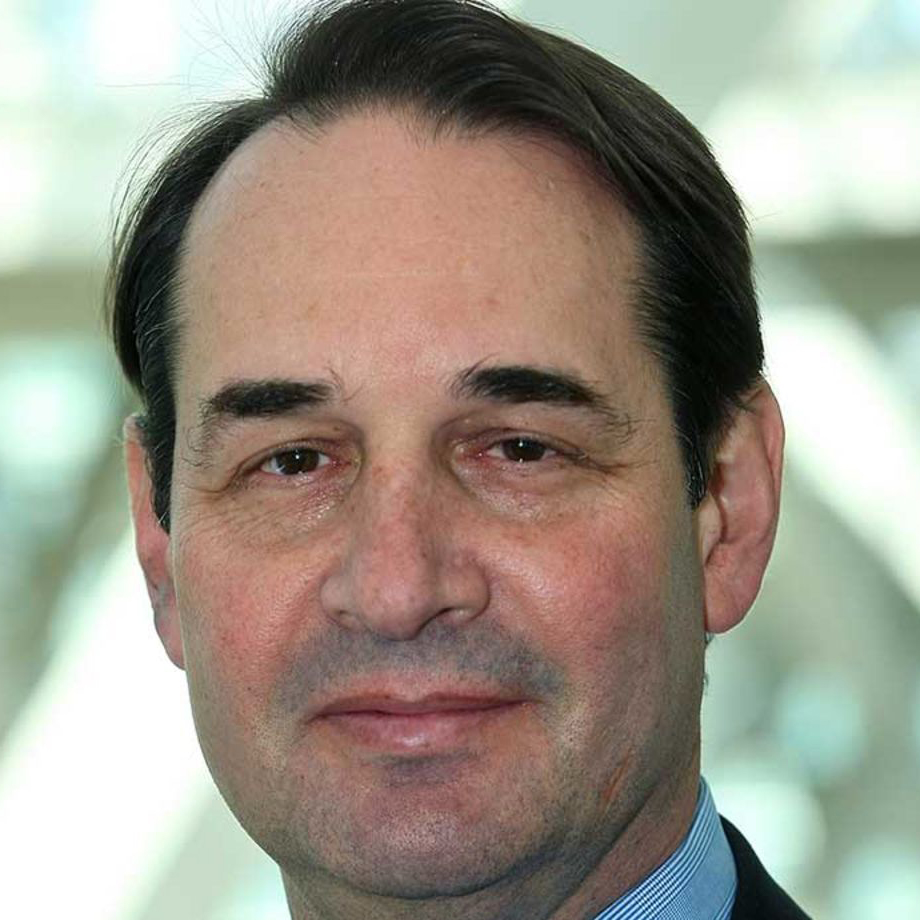Viant Stock Jumps 90% After Initial Public Offering
Programmatic DSP cashes in on CTV growth

Viant stock jumped more than 90% after the programmatic software company made its initial public offering Wednesday.
The company, which operates a self-serve demand-side-platform that has a growing CTV business, went public by selling 10 million shares--up from an original plan to offer 7.5 million shares--of common stock at $25 a share, raising $250 million. The price climbed in morning trading before closing at $47.72.
Also Read: Viant’s TV Spots Say It Makes Programmatic Easy
Viant trades under the symbol DSP--also the abbreviation for demand side platform.
The move comes at a time when the ad tech market is consolidating. Earlier this week, Magnite agreed to buy SpotX from RTL Group for $1.17 billion, forming the largest independent supply-side platform, or SSP. Magnite itself was the product of an earlier merger between Rubicon Project and Telaria.
Viant was founded in 1999. Time Inc. acquired a 60% interest in Viant in 2016. Viant bought Adelphic, which had a programmatic ad platform with self-service media planning and buying tools in 2017. Time was acquired by Meredith in 2017 and Viant’s co-founders, Tim and Chris Vanderhook bought back the 60% Viant stake in November 2019.
The company’s founders and employees still own an 80% stake in the company.
Broadcasting & Cable Newsletter
The smarter way to stay on top of broadcasting and cable industry. Sign up below
Viant is riding the hot CTV advertising market, but has been looking at the future digital video and advertising since it was founded, according to Chris Vanderhook, the company’s COO.
The Vanderhooks also co-founded Xumo, which was acquired by Comcast for $145 million in April of 2020.
“We really saw the future. On the Viant side we were looking at video-based advertising and we started to see that the future of video is not going to be YouTube playing on a desktop,” Vanderhook said. "The future was going to be streaming into a household. And so we invested in that early.”
Now the time is ripe because the COVID-19 pandemic has accelerated the shift of consumers moving from traditional TV to streaming.
“Connected TV is a huge tailwind, especially in the programmatic space, which is where we are,” he said. “We started investing in 2010. We knew it would get here. Man did it take a while.”
He said he didn’t think CTV was a fad.
“Look at the big content companies. Look at Warner. Look at Disney ... They’re taking the best content in the world straight to streaming”, he said. “And marketers want to be along for the ride. And that’s why it’s not the flavor of the month. I’m telling you, it’s a wall of money.”
Vanderhook said that in 2019, Viant’s business was growing at a 52% rate, with 20% profit margins. The pandemic hurt the company in the second quarter of 2020, but business accelerated in the third and fourth quarter.
Viant’s CTV business grew 65% in 2020 and represented a third of its revenue. Three years ago, the company had no CTV revenue.
“Marketers want programmatic,” he said. “When the pandemic hit, another chunk of money came to programmatic. Why? They needed the flexibility to be able to start and stop spending in a given market,” he said. “It accelerated the amount of investment that’s moving into programmatic.”
Vanderhook said programmatic now represents about 40% of the ad market, but he predicts that eventually all ads will be bought via software.
Viant’s technology is designed to let advertisers and buyers self direct how they spend money and build campaigns. “Your software has to stand on its own, it has to be easy to use. We’re the E*Trade for ads,” he said.
Through Viant, advertisers can buy all different types of media from linear TV to audio to digital out of home. “The marketers want to control all buying in one piece of software. We think that’s a nice long arc that we’re going after,” he said.
Viant’s platform is also differentiated because it is people based, using real-world identifiers, not cookie based like many of its competitors. And cookies, which are used to track viewers, are being phased out.
Vanderhook said its people based platform makes it easier to connect advertising exposures to consumer behavior. “We tell them what they get for their money,” he said.
Some of the proceeds from the IPO will go towards improving the Adelphic programmatic platform. Viant will also invest in sales and marketing.
Jon has been business editor of Broadcasting+Cable since 2010. He focuses on revenue-generating activities, including advertising and distribution, as well as executive intrigue and merger and acquisition activity. Just about any story is fair game, if a dollar sign can make its way into the article. Before B+C, Jon covered the industry for TVWeek, Cable World, Electronic Media, Advertising Age and The New York Post. A native New Yorker, Jon is hiding in plain sight in the suburbs of Chicago.

